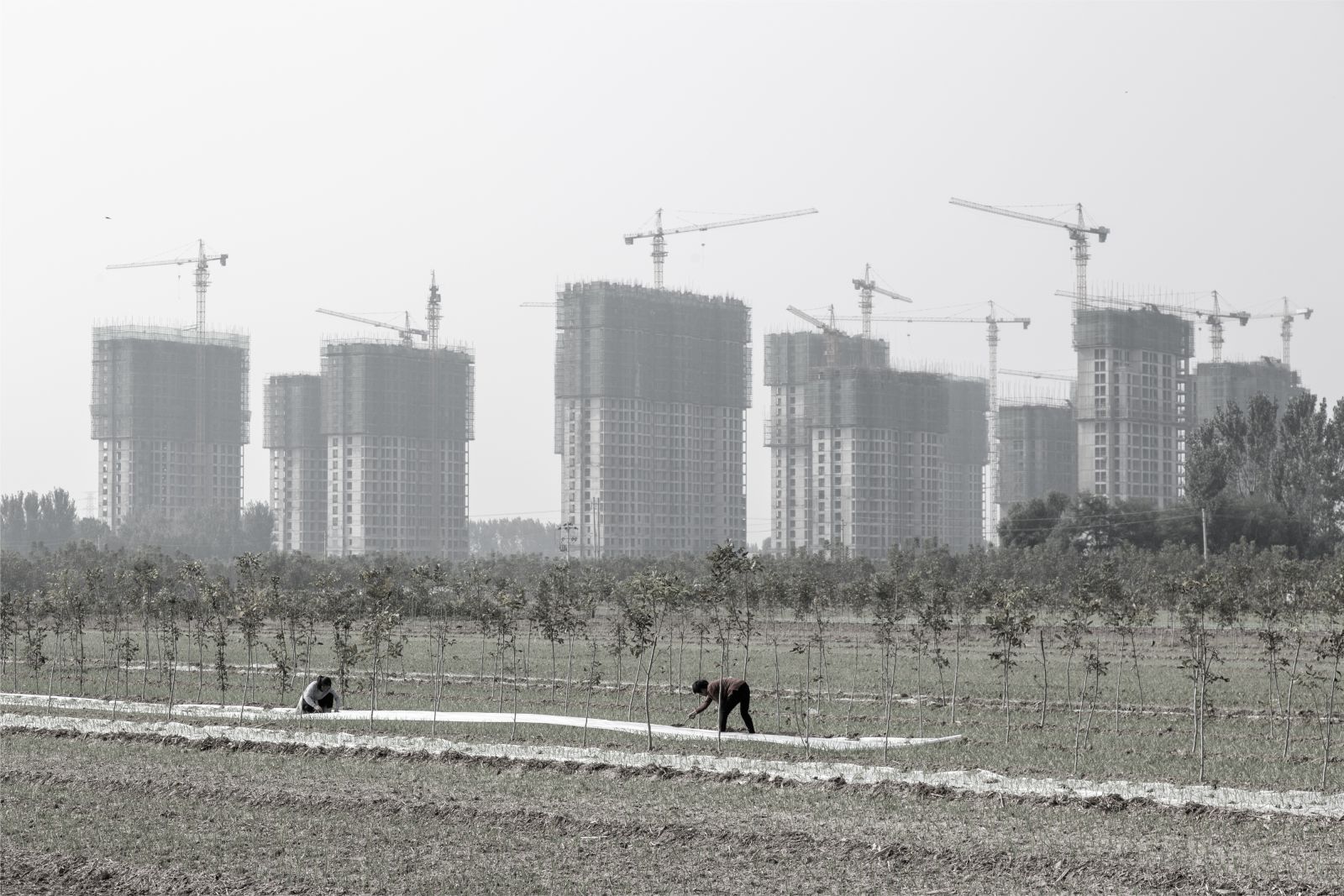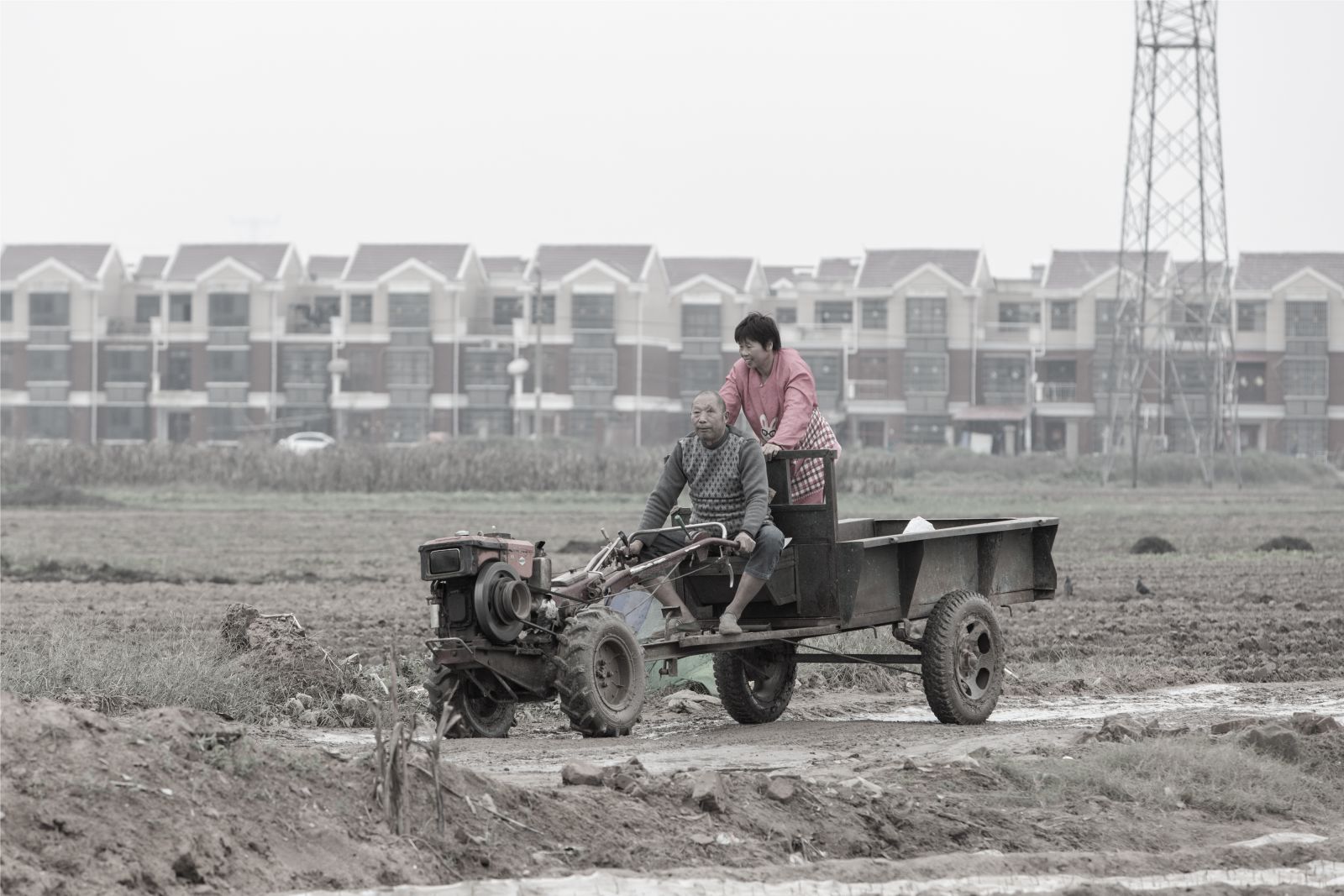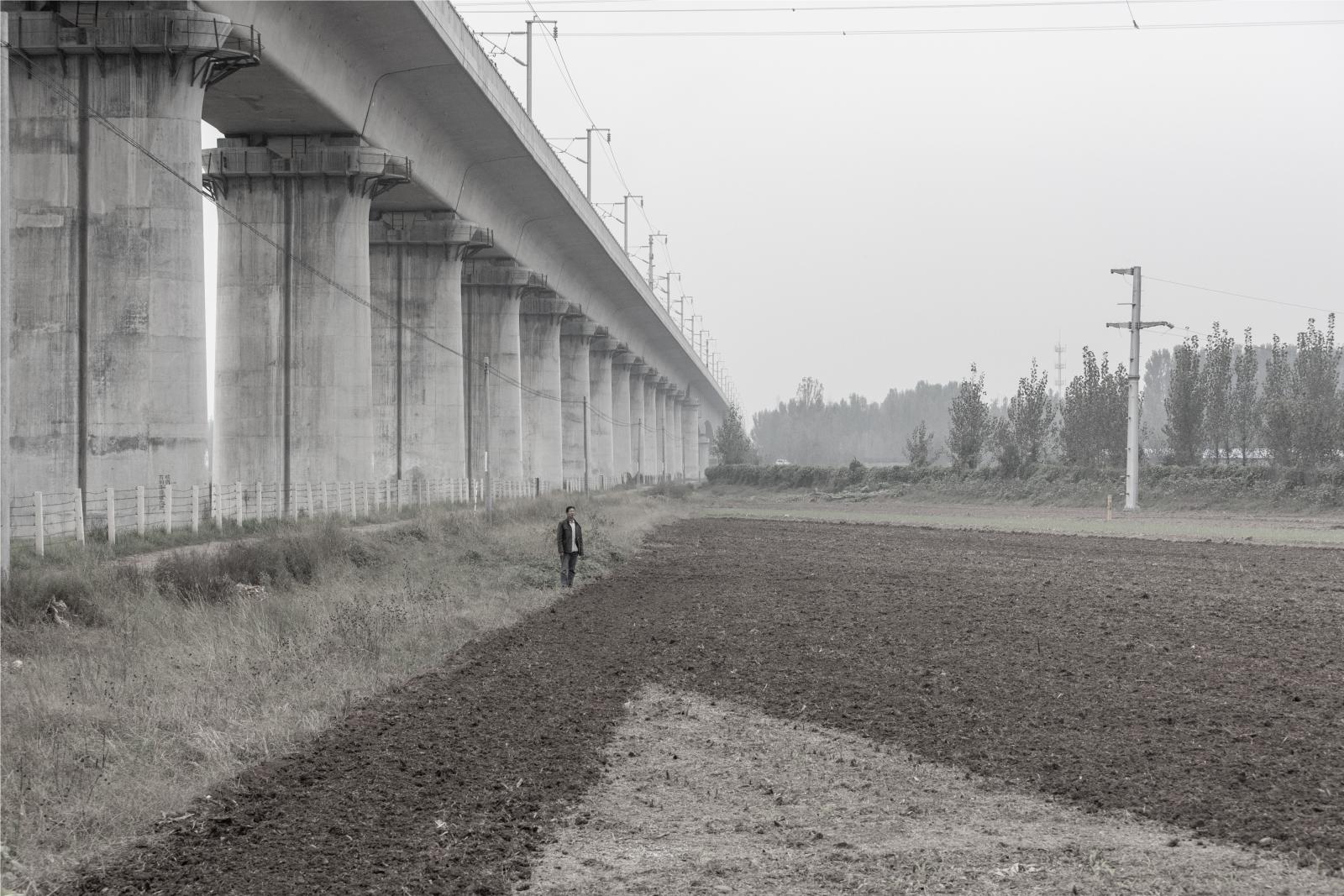The exhibition invites reflection on the phenomenon of Chinese urbanisation, from understanding its exceptionality to observing everyday life and reflecting on its social, economic and political implications. In 1978, 18% of the population in China lived in urban areas. Since then the number of inhabitants in cities has increased approximately 1% per annum and currently makes up 60% of the total population. New infrastructures and settlements have gradually modified the landscape, transformed property rights, swept away administrative boundaries, and “gobbled up” rural spaces and villages. The rapid, disruptive process of Chinese urbanisation unfolds before our eyes. Existing categories and models are useless. If we believe Chinese urbanisation to simply be an exaggeration and a flaw, we are effectively ignoring the fact it constitutes an epochal change, one which redefines roles and relationships not only from a geo-economic and geopolitical point of view, but also from the point of view of culture, imagination and possibilities. A change that the current pandemia makes ever more deep and hard. China Goes Urban proposes to change viewpoint, to look at reality rather than pigeonhole it in predefined categories and models. It is an invitation to explore the world by travelling through the city and architecture of today and tomorrow and circumnavigating the concept of city: although we all think we are familiar with and understand this seemingly simple concept, it shatters in the multiplicity of the contemporary urban. Tongzhou, Zhaoqing, Zhengdong e Lanzhou are the new towns where we start to explore and where the exhibition begins.
Two logical itineraries
The exhibition can be viewed following two logical itineraries. The first itinerary gradually deconstructs the idea that Chinese urbanisation is exceptional. Visitors are “welcomed” in an exhibition hall, one of the “urban materials” typical of the specificity of the new settlements in China in which developers and public administrations “stage” the city, either in order to market the new settlements, or to illustrate how local administrations have helped to achieve the objectives established by the central government teaching modern urban living to those who move from the countryside to the city, or the pursuit of “modern” lifestyles by the emergent middle class.
This point of departure reassures visitors who in the first hall find the diversity and exoticism normally associated with Chinese cities. A reassurance that we gradually chip away at by showing videos, images, and installations and providing explanations that make new Chinese urbanisations recognisable, and therefore more “familiar”. In fact, life in the new settlements is like any ordinary everyday life, made up of small gestures and movements (riding a bike, eating, working, walking…) – all activities everyone does all over the world.
The first itinerary also helps visitors understand the scale changes involved in “city making”: from the individual “urban material” to the ensemble of fragments that make up Chinese new towns, but also the hybrid spaces that are not yet city but no longer countryside and then, on a more broader scale, the network of relationships, flows, and exchanges that embrace the whole world. This is how urbanisation processes in China have become part of the economic and urban development model that has taken root over the centuries.
A model with limits and contradictions that are particularly evident in the current period of uncertainty due to the current health emergency and its economic and social effects. The second logical itinerary is conceptually the opposite. In this case the initial impact is confusing: the first spaces are empty, distant, and lifeless. Gradually, however, these spaces become more animated: the photographs and videos narrow the gap between the visitors and the persons portrayed, their faces, gestures and movements. So similar to our faces and movements.
Two objectives
The exhibition has two main objectives. The first is to dispute mainstream view that considers Chinese urbanisation as an “exception”. An interpretation that feeds on prejudice and “distance” (on other than self and elsewhere) and is extensively found in reports by international institutions and organisations and the press. To debunk this interpretation and contradict this perception, we formal alter the videos. Non-linear montage triggers a new focus in visitors; it invites them to pause, question, modify their perspective, and constantly change their viewpoint.
The second objective is to increase knowledge about the city and, as a result, about the world. In fact the exhibition has been designed so that visitors observe and question the urbanisation process underway in China, its positive features (e.g., rapid decrease in Picture of an epochal change infant mortality rate and drastic reduction in the poverty rate) and negative features (e.g., increase in urban and regional inequality, ecological problems, the huge increase in the number of urban inhabitants, and the sprawling enlargement of settlements).
Our goal is to give visitors the knowledge they need to understand the contemporary cities and urbanisation processes, in China and elsewhere. The exhibition pursues these two objectives throughout the aforementioned logical itineraries, in brief using (i) photographs and videos which, by gradually zooming in on the spaces and persons, make the current transformation process “normal” and (ii) installations, data and infographics that deconstruct the Chinese exception by inserting it in the planetary urbanisation. Source by Politecnico di Torino.
- Location: MAO Museo d’Arte Orientale, Turin Italy
- Scientific curatorship: Michele Bonino, Francesca Governa in collaboration with Maria Paola Repellino and Angelo Sampieri
- Artistic curatorship: Samuele Pellecchia in collaboration with Francesco Merlini
- Scientific coordination: Francesco Carota
- Co-Curatorship: Liu Jian in collaboration with Zhang Li and Fan Lu
- Coordination and management: Angela Benotto, Delia Malfitano
- Graphic processing and representations: Giorgia Greco, Nikos Katsikis, Leonardo Ramondetti, Astrid Safina
- Exhibition design: BTTstudio, Giuseppe Mastrangelo, Giulia La Delfa, Niccolò Suraci, Cristiano Tosco in collaboration with Luca Barello
- Graphics: BTTstudio, Quirino Spinelli in collaboration with Roberto Clemente
- Web Design: Francesco Merlini https://www.chinagoesurban.com/
- Events coordination: Delia Malfitano Lidia Preti
- Press Office: Cultivar
- Thursday 3 December 2020 at 5 pm: Rethinking the village traditional Chinese
- Wednesday 9 December 2020 at 5 pm: The progress of the construction industry in China
- Thursday 17 December 2020 at 5 pm: Towards Socially Integrative Cities
- Thursday 7 January 2020 at 5 pm: An oriental idea of Postmodernism
- Photographs: Samuele Pellecchia, Courtesy of Prospekt Photographers http://www.prospektphoto.net/









